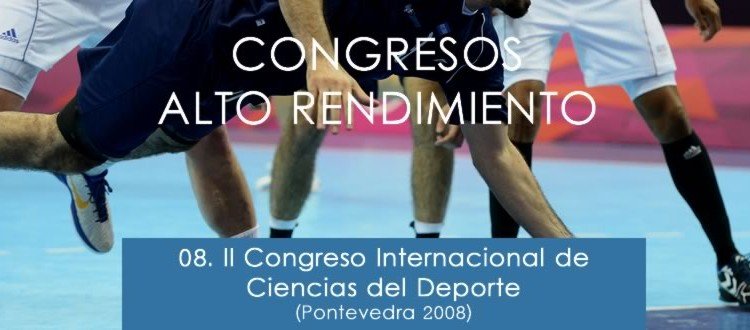Comparative study of muscular power, anthropometric profile, somatotype and body composition between youth portuguese soccer players and sprint runners
Resumen
Introduction: Muscular power, as well as anthropometric dimensions, body composition and somatotype play an important role in sports performance. The aim of this study was to compare the above-mentioned variables between youth Portuguese soccer players and sprinters. Methods and Methodology: Thirty-five Portuguese youth athletes (20 soccer players, 15 sprinters; age: 17,83±0,79 years old), competing at national level, were observed. Muscular power was assessed by the values of squat jump (SJ) and countermovement jump (CMJ), in the Ergojump device. Somatotype components were estimated according to Carter & Heath (1990) protocol based on 10 somatic measurements at various body sites. Body composition was assessed by Durning & Womersley’s (1974) equation for body density, and Siri (1961) equation for body fat percentage. SPSS 15.0 was used in statistic analysis. Results and Discussion: Sprinters presented higher values of muscular power (SJ: 36,48±4,37; p=0,000; CMJ: 46,93±4,84; p=0,000), comparing to soccer players (SJ: 36,46±4,09; CMJ: 36,73±3,33), and also a higher difference between the two jumps, suggesting the selection and methodological factors emphasis this capacity in sprint running, both in the explosive and elasticexplosive components. Sprinters somatotype was ectomorphic mesomorph (1,88-4,31-2,95). There were not found significant differences in height (p<0,05), but a significant smaller lowerlimb lenght was shown among soccer players (p=0,000). Soccer players also showed higher values of body mass index (p=0,007) and body fat (p=0,000), presenting an endomorphic mesomorph (2,89-5,24-2,12) somatotype. The fact that lean body mass did not diverge between groups shows that body fat percentual differences (p=0,000) result from higher fat mass values among soccer players (p=0,003). Conclusion: Anthropometric, body composition, somatotype and muscular power variables of youth Portuguese soccer players and sprinters seem to vary according to selection criteria, hours of training and sport-specific physiological demands of both sports. More data is certainly needed






